Mary Maggic
The Vienna-based artist and researcher talks about their ongoing work exploring molecular biopower.
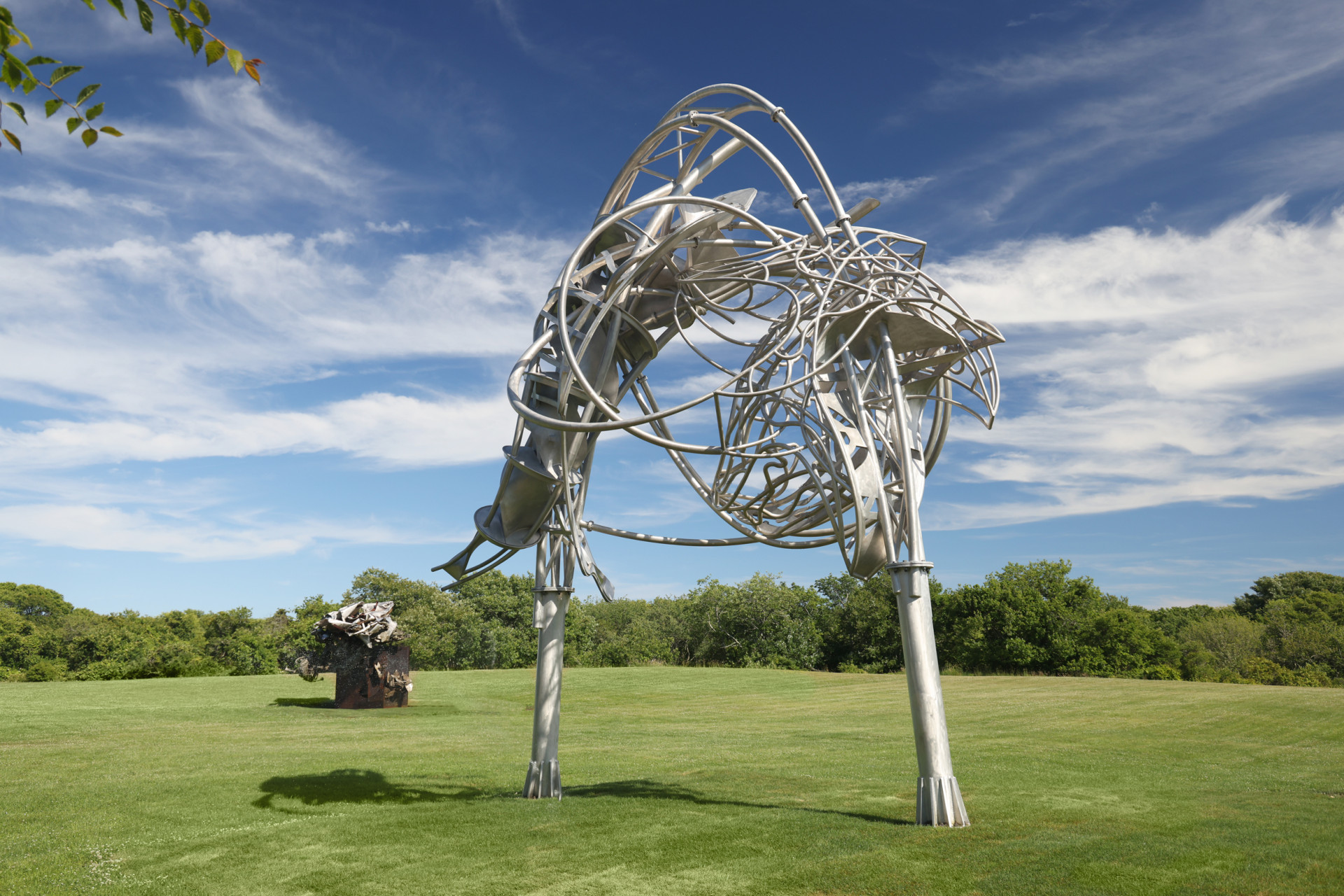
Digital modeling has been an important part of Frank Stella’s work since the mid-1980s, when his output shifted from the two-dimensional abstraction that brought him fame as a young artist into complex sculptural forms. The use of imaging software in the artmaking process is rarely mentioned in writing on Stella or other artists, perhaps because it is regarded as a boring, necessary step in the fabrication process, separate from both concept and realization. But “Geometries,” Stella’s debut NFT collection, foregrounds this aspect of his practice. Released by Arsnl, a new marketplace launched by the Artists Rights Society to extend their work protecting artists’ intellectual property into web3, the series comprises digital models that collectors can use to produce 3D printed sculptures should they so choose. To further reflect on the relationship between software and sculpture, Outland invited Stella to speak with Andres Reisinger, a young artist who uses digital modeling tools as his primary medium. Reisinger’s virtual sculptures often take the form of pieces of furniture in tranquil yet dramatic natural environments. As demand for his work increases among galleries, museums, and collectors, he is collaborating with craftspeople to produce tangible versions of his sculptures. Stella and Reisinger discussed light, volume, and motion as those qualities pertain to both physical and digital forms, as well as the role of NFTs in securing artists’ rights.
Andres Reisinger: Complicated Sofa, 2021
ANDRES REISINGER I was attracted to representing nature in digital work because there are so many examples of such representations looking stuffy and rigid and soulless. Nature is always changing. It’s never the same. The digital is geometry, it’s triangles—it’s all so rigid. It’s almost impossible to make a digital image look soft and organic. So I started doing some research to solve this problem.
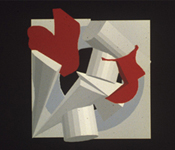
FRANK STELLA I started working in two dimensions and flat surfaces, then cutting out shapes and laying them on top of one another. But then I got interested in motion. It started with smoke rings. How do you make a version of that? I don’t want to get too dramatic about it, but it’s the kind of thing that Leonardo was interested in—his studies of swirls and water and flow. I make art that is static, but I try to make it look like it’s really moving.
REISINGER My approach to motion is quite different from yours. Depicting motion is amazing because it’s a crystallization of tiny moments. I work with video mostly. When you’re working in digital it’s almost impossible not to move things.
STELLA I think that’s true. You have to remember that in my case, I have an idea and I give it to somebody else who works on it digitally, and then we work on it together to change or adapt it. I can show someone a photograph of a smoke ring I blew. Then they’ll propose some ways of making it physical. No matter how digitized the work gets in the process, it always ends up a physical reality.
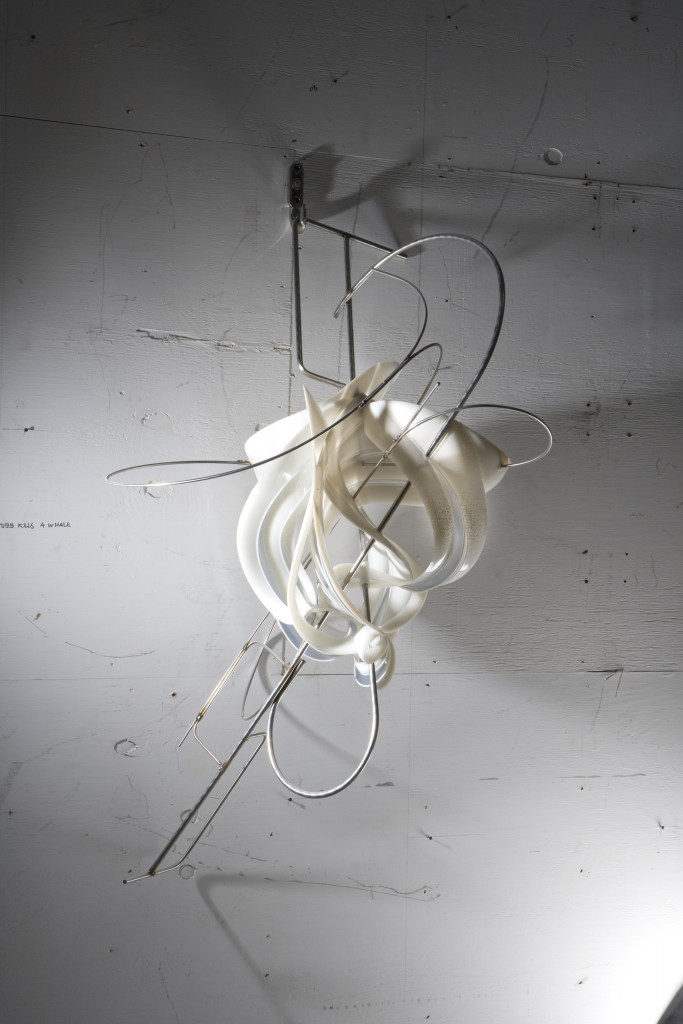
In my experience fabricators are very good at what they do. Sometimes they’ll say they can’t do something. But usually the things that they can’t do aren’t worth doing. It’s a very nice process of working back and forth. They have so much to add. If I had to do it myself, I’d still be making one smoke ring.
REISINGER I’ve been using digital tools for many years, and they influence the way I develop sketches and ideas. These tools give me a lot of different outputs. Digital tools make it easier to experiment. I like to play with alternatives. For an exhibition in Copenhagen, I made almost forty different proposals for what the gallery would look like with my pieces. Of course, I ended up choosing the first one.
When planning physical exhibitions, I try to get away from just using a digital screen. My ideal scenario is what I’m working on with a private museum in Cannes, where the physical piece stands in front of a digital environment, which provides the context for that piece.
I always start my projects with digital tools. I never expect to create physical versions. That’s a very good thing, at least for my creative process. Thinking about how to produce something is limiting. So I just do whatever I want with the tools that I’m familiar with. And then, when I want to create physical versions of those pieces, I stumble upon a lot of barriers. That’s when I seek out the right artisans, people who are really looking to expand beyond what they already know. Any industrial manufacturers will say no to anything that doesn’t fit their machines or their processes. People told me Hortensia Chair was impossible to build. But I put together a team of ten people to create it.
STELLA I fantasize sometimes about the things that I could make. The works end up being solid, but so many things are possible. I mean, look at the Macy’s parade: inflatable images. They are physical but they can change. In nature, things grow and move and bend. There are so many possibilities, but I often want to say “stop the music.” I want to be able to see it from all sides. I get nervous if it keeps on moving and evolving.
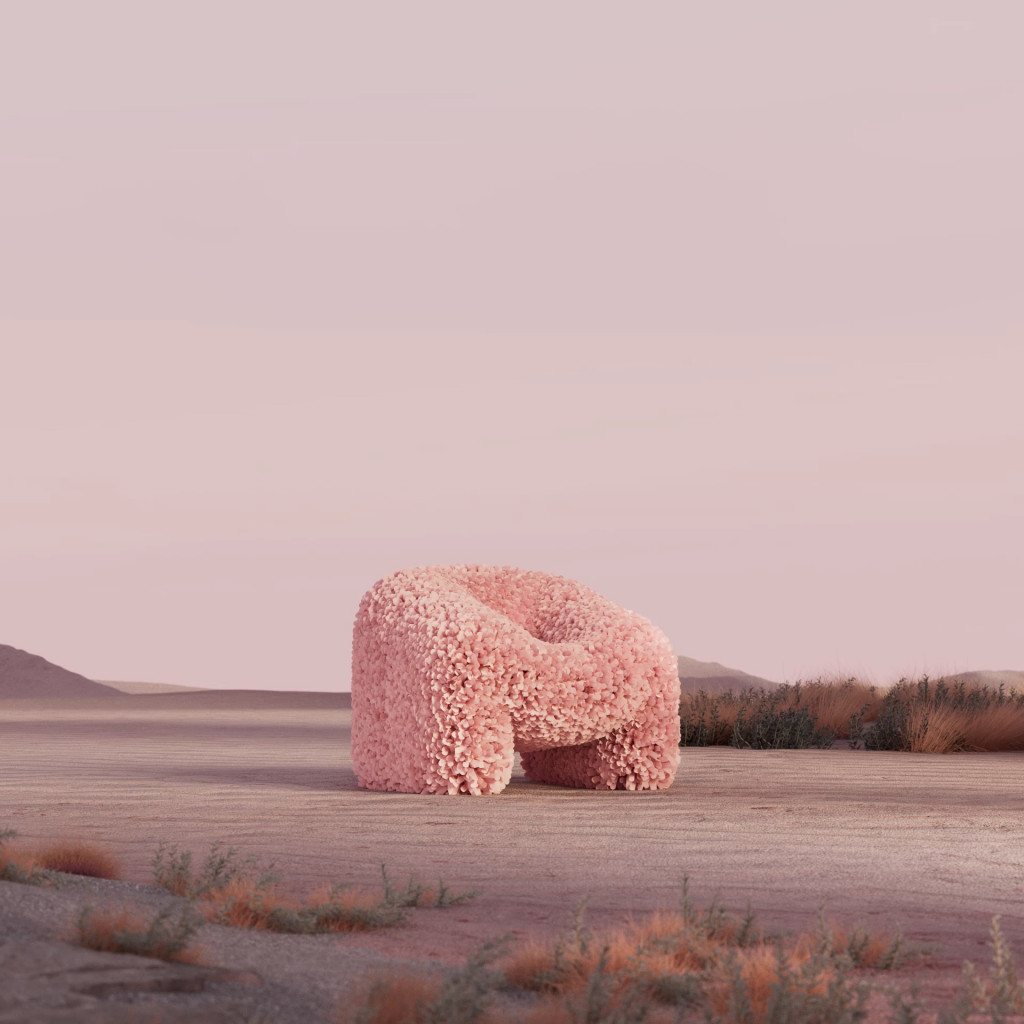
REISINGER For my project Pollination I developed a system—a procedure, let’s say—where collectors that already have pieces of mine can “pollinate” them in order to create new works from them. So that’s also a way of making the work change.
STELLA Did you like what the collectors did?
REISINGER They actually didn’t have much choice. It was random, like having children. The elements are all on the table, but they are mixed in unpredictable ways. I came up with Pollination by trying to think of a way to put more work on the market without having more work on the market. The only way to do that is burning—destroying the NFTs. So I created an interesting procedure that made collectors want to burn their works to receive new ones. They burn two works that they’re pollinating in order to receive one new work. At the end of the project there were less than half the pieces that there were on the market to start with. That created more scarcity, so I could release new pieces without saturating the market. That was my main goal.
The results of the pollinations are based on rules I devised to mimic nature. For example, it’s easier to pollinate in summer or the spring. It’s harder to breed anything in winter, but you’ll have a greater chance of getting a more unique outcome than you would in other seasons. On the first day of the pollination we had technical problems and the website went down for six hours. The collectors went about their lives and I lost the momentum I had built for the moment of pollination. I was really upset. But the more I thought about it, the more I realized that I was missing a very important part of the nature of things. A system being weak and failing is true to biology. From that moment on, I have accepted this. I communicate in the marketing that any kind of system failure or weakness is closer to nature than any rule I could invent.
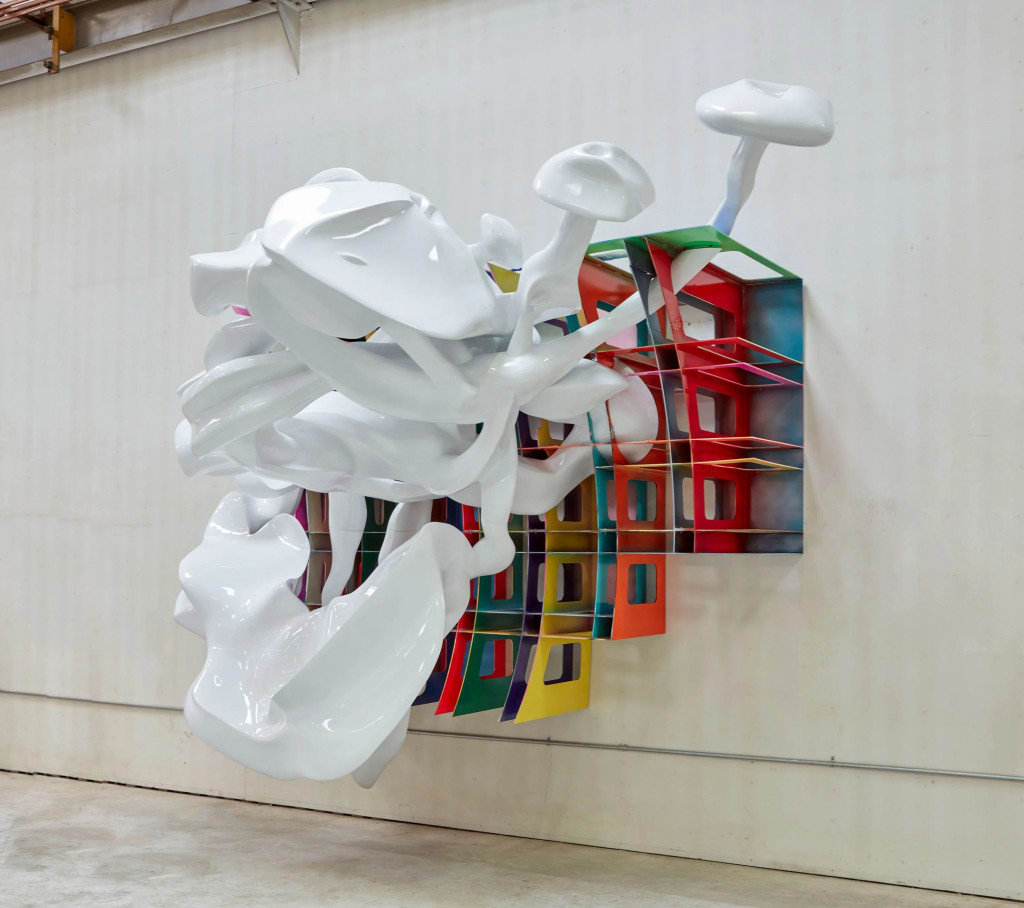
STELLA Honestly, I can’t tell how much control I have. Sometimes the forms evolve or become more interesting, but in the end I like the forms just the way they are, in monochrome. But once I decide to work on them or introduce the obvious—color the surfaces—then it just becomes very straightforward. It’s like painting a painting, which is a flat surface, but in three dimensions. When you think about it, most sculpture was painted in the beginning. In the Egyptian and Greek world, they colored their sculpture.
REISINGER I always think about how even when I create things that are 3D, they look like an image. They’ll look flat. The output is flat, if it’s not in the metaverse or in 3D software. So I think of painting with light instead of using light to illuminate the shape.
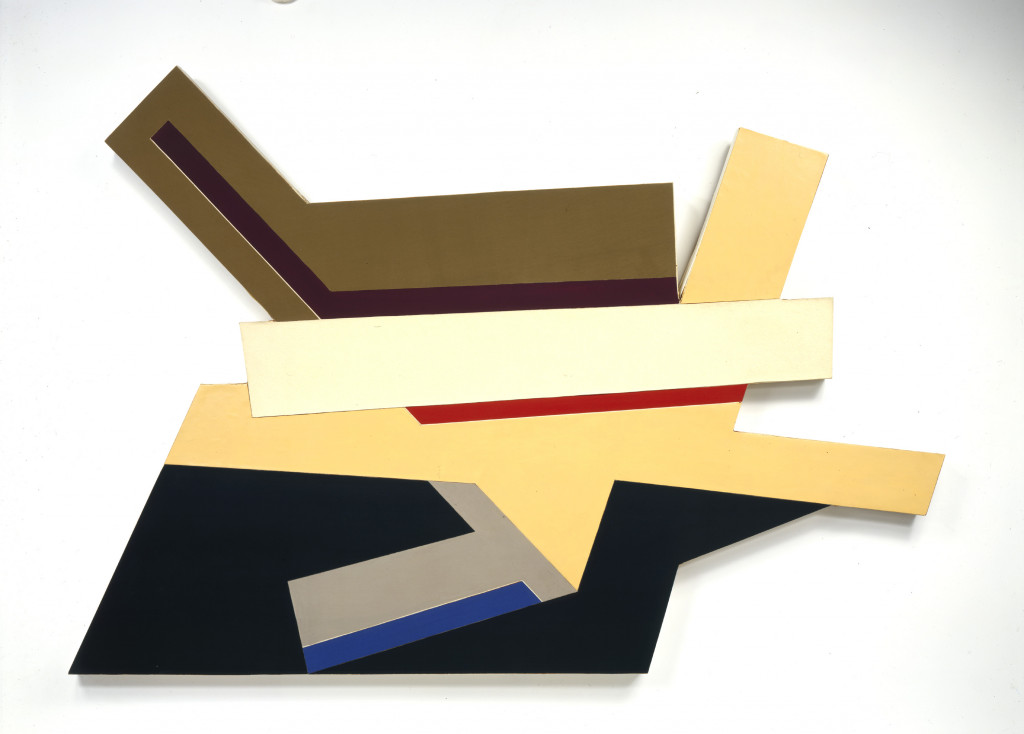
STELLA Light is everything. If I make a sculptural piece and paint it, it looks like a painted sculptural piece, but it lives or dies on how it’s lit. Daylight is always better.
REISINGER When I’m working in 3D software I don’t simulate light. I prefer not to simulate things. You can spend a month trying to restrict and constrain a simulation to look the way you want. And it will still look like artificial. That’s why a lot of 3D art you find on the internet looks and feels the same, because people use a lot of simulation and it looks the same for everyone. I usually do a mix of simulation and hand modeling.
STELLA I can’t quite remember when I started using 3D software, but there was a kind of progression. The “Polish Village” pieces were very conventional geometry, just a little more dramatic, or three dimensional. From there, the planes began to bend. That’s one reason for beginning to use 3D modeling, to approximate increasingly tighter slices.
Working with the smoke rings changed everything. The smoke rings evolve. They are physical and they do a lot of things, but I never let them go by themselves. They’re always on what amounts to a support or a grid, whether you want to say that’s physical or psychological. I would like to be a bit freer in everything, but with sculpture the constraints are still pretty straightforward. So you try to get around them by being tricky. The “Polish Village” pieces were almost all cardboard, and after that I started working with CNC milling, and 3D printing.
REISINGER I started to achieve some kind of hyperrealism with software. I was showing my work on the internet, and it confused some people. They thought my digital spaces were physical. I embraced that confusion. I stopped explaining what was digital and what was physical. People really like that—being a little confused. It’s almost like being close to a dream where you don’t actually know whether or not it’s real. When I want people to understand a piece is physical, I have to photograph myself sitting on it.
I actually use objects like armchairs and sofas as social codes more than as furniture. People call them furniture, but for me they’re sculptures, because they explore how people interact with the object and its meaning. If you enter a room and see a circle of chairs, you’ll have some idea of what is happening there.
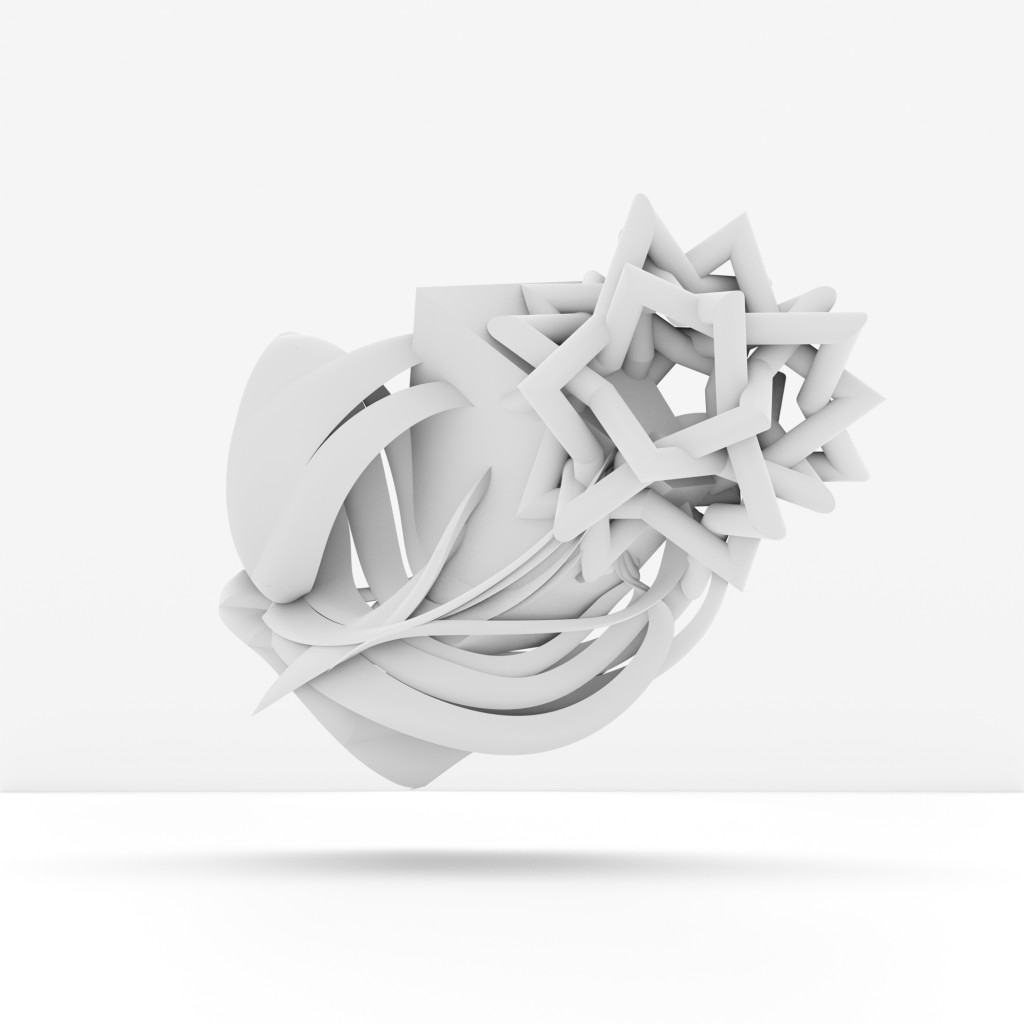
I’m curious, what drew you to NFTs?
STELLA I think NFTs offer several benefits. They are a way to address ownership and reproducibility of digital art. They can also have built-in resale rights. That’s wonderful, and something I want to encourage. In the past I have spoken out publicly, sometimes in tandem with Artists Rights Society, on the topic of resale royalties and the need for them in this country. Regrettably, we have not been successful in our efforts to lobby Congress, but this new technology affords the opportunity for them. That is very exciting.
REISINGER Royalties and IP have been consistent topics of discussion in web3. I think a lot can be improved. In my opinion, the ideal case would be to have dynamic royalties, meaning you only get royalties if the work is resold at a higher price in USD. It doesn’t make sense to compare the prices in Ethereum or other cryptocurrencies since their value is so volatile.
Collectors are super interested in these things. It’s like fresh air for them. In the last year I’ve been approached by traditional art collectors who know nothing about the blockchain, and they’re interested in perpetual royalties, and the idea of the NFT as a certificate that is traceable. I think it would be interesting to explore including royalties for collectors, too. That hasn’t been discussed as much. Collectors who invest in young artists are making a tough decision to put their assets at risk. So royalties could encourage collectors to be early supporters of young artists, so they can still benefit from their vision and trust in those artists. That’s possible to do in web3.
—Moderated by Brian Droitcour
